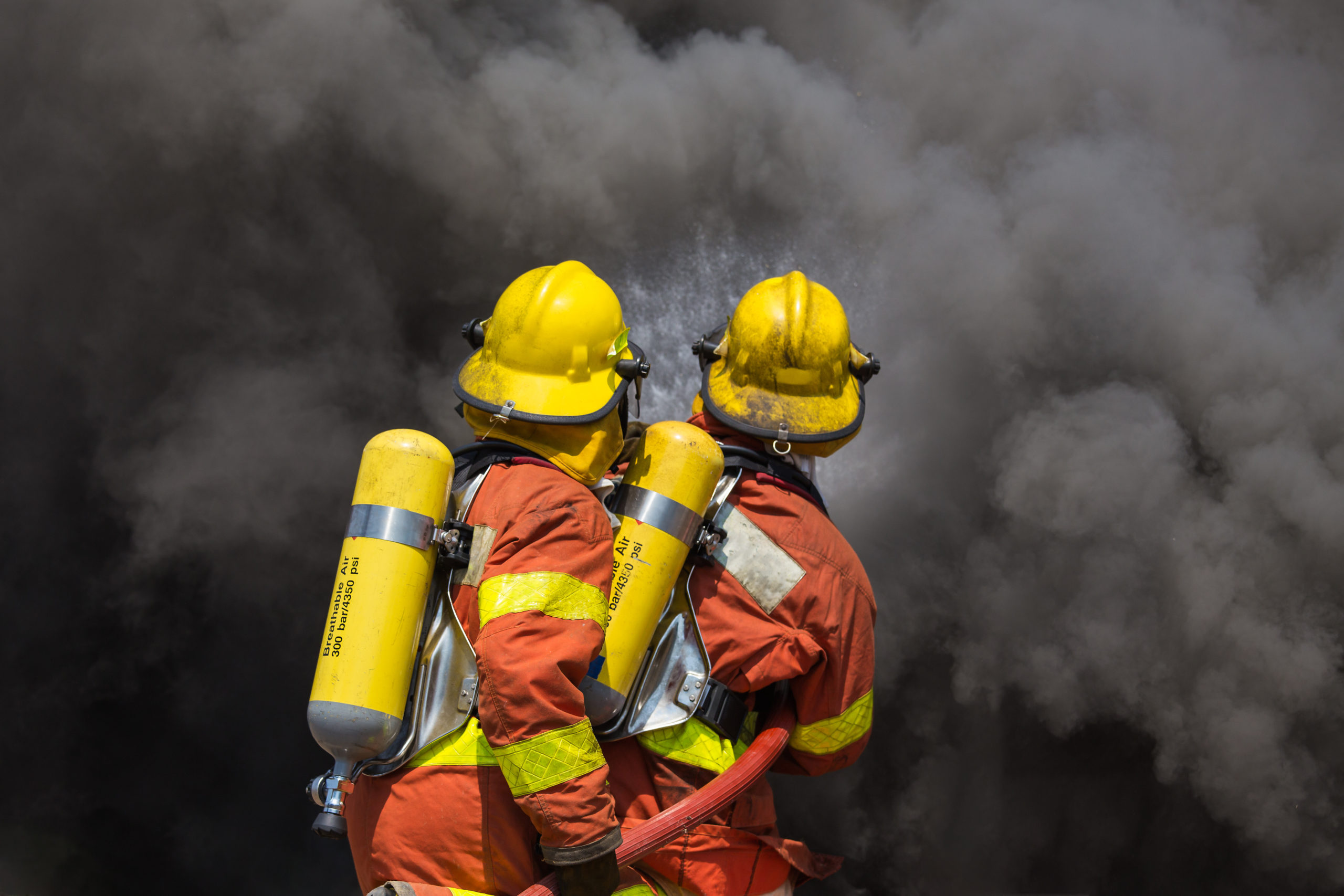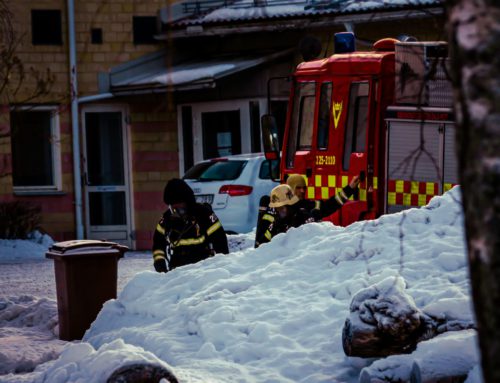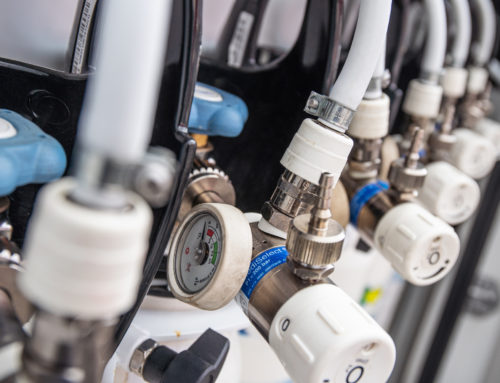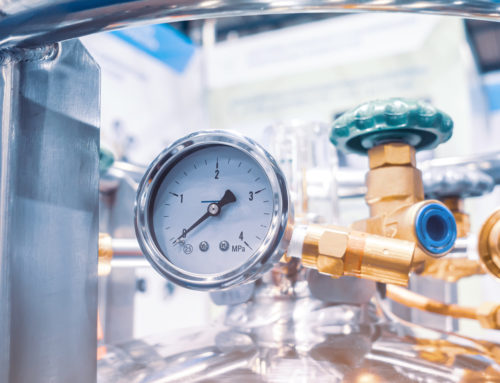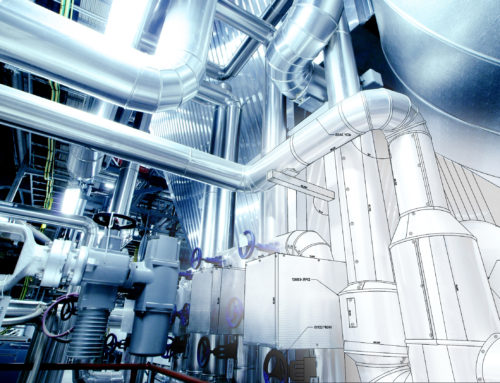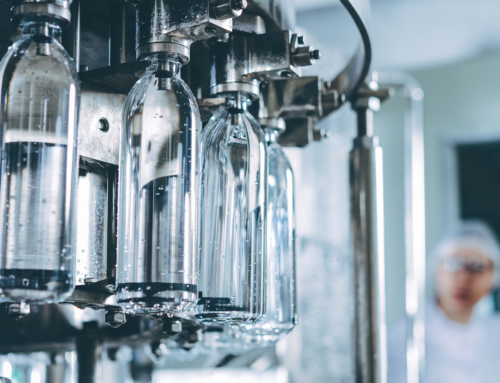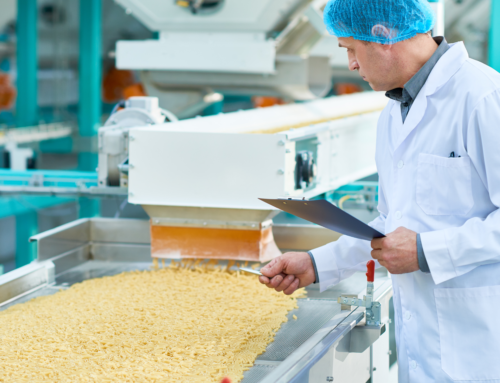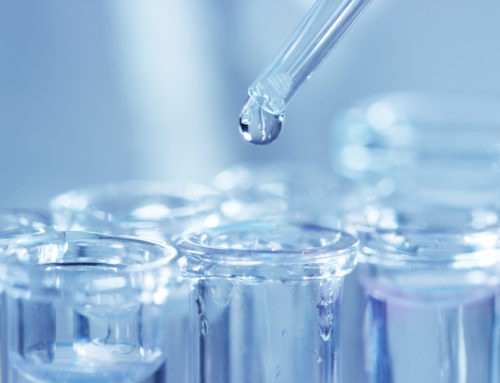For many years, the consequences of not wearing a self-contained breathing apparatus (SCBA) were overlooked. Inhaling unseen toxic vapors, gases, and particulates can cause serious illnesses, and even cancer. SCBA’s are designed to protect firefighters from inhalation risks of toxic air and gas around them, and it’s critical that the quality of the air in their SCBA is up to standard.
Firefighter Inhalation Risks
On each incident, firefighters can be exposed to toxic chemicals and vapors. In order to prevent exposures to dangerous contaminants through inhalation and skin absorption, they should properly wear an SCBA until the air is deemed safe to remove it. Firefighters continue to face inhalation risks of harmful contaminants post-emergency response, known as secondary decontamination. Contaminants have the ability to linger on their personal protective equipment (PPE) for extended periods of time. Firefighters should properly clean their PPE, also known as gross decontamination, which involves removing as much external contaminants as possible back at the fire station.
Although inhalation risks seem to be a more impending obstacle, it is equally important to consider the air provided to firefighters through their SCBA’s. The NFPA 1989 recommends that testing compressed breathing air at an accredited laboratory should be done quarterly to detect any potential contaminants. Ensure that your laboratory is meeting NFPA 1989 requirements for compressed breathing air.
The Dangers of Increased Exposure to Contaminated Air
Some contaminants that can be found in a firefighter’s SCBA include carbon monoxide, carbon dioxide, total volatile hydrocarbon, and water vapor, which can all severely impact their health. Continuous exposure to chemicals and toxins can cause lung, esophageal, gastrointestinal cancers, and mesothelioma. According to the National Institute for Occupational Safety and Health (NIOSH), firefighters have a 9 percent increase in cancer diagnosis and a 14 percent increase in cancer deaths compared to the average American. A separate study of Massachusetts firefighters has shown that they have an increased risk of developing brain and colon cancers. It is anticipated that the percentage of firefighters affected will continue to rise.
“Our objective is to ensure that the compressed air systems our nation’s firefighters use are performing up to standards,” said Ruby Ochoa, president and owner of Trace Analytics, LLC. “We also want to be sure that everyone is embracing best practices for their personal health and safety. All of us at Trace Analytics feel it’s so important that all firefighters use their SCBA during every phase of a fire or emergency incident, and be sure to properly clean, store, and test all of their equipment,” said Ochoa.
Trace Analytics can easily meet your air sampling needs using their AirCheck Kit, which complies with NFPA 1989 sampling and analytical requirements. Quarterly compressed air testing, proper use of an SCBA, and cleaning all PPE are key preventative measures that firefighters can take to prevent health risks while on the job.
Original article on firefighter inhalation risks was published on FireRescue1.

